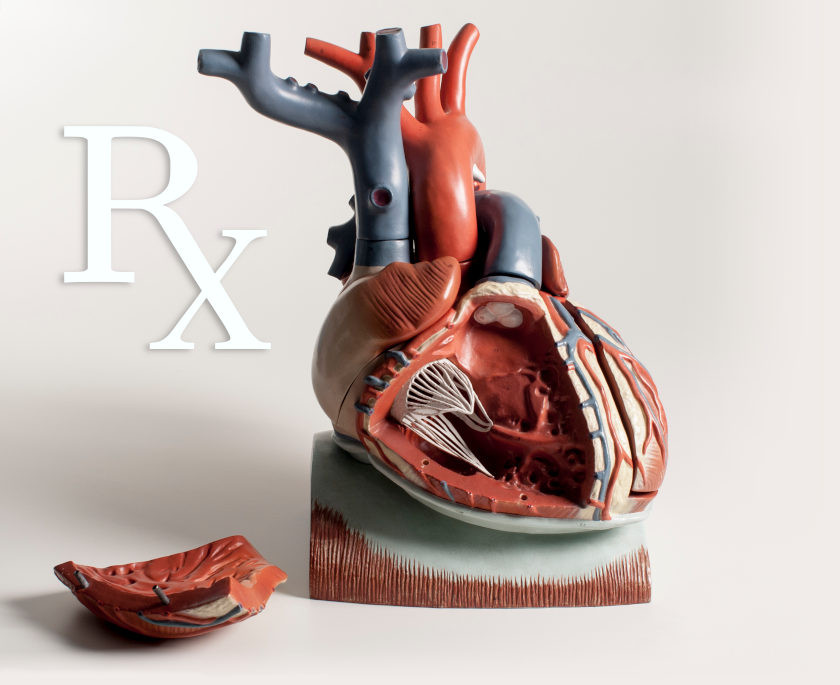Guided Learning - Cardioinhibitory Drugs
(NOTE: Turn off or override browser pop-up blockers.)
- What are the effects of cardioinhibitory drugs on heart rate, electrical conduction within the heart, stroke volume, cardiac output, and myocardial oxygen demand? click here
- Cardioinhibitory drugs are for which cardiovascular disorders, and why are they effective in these conditions? click here
- What three mechanistic classes of drugs are cardioinhibitory? click here
- How do beta-blockers affect heart rate, conduction velocity, mechanical function and myocardial oxygen demand? What signal transduction pathways are involved in these effects? click here
- Define the following characteristics for beta-blockers: click here
- selective vs. non-selective beta-blockade
- intrinsic sympathomimetic activity
- membrane stabilizing activity
- How do calcium-channel blockers alter heart rate, conduction velocity, mechanical function, and myocardial oxygen demand? What cellular channels and signal transduction pathways are involved in these effects? click here
- Which two calcium-channel blockers have the greatest cardiac effects? click here
- How do central-acting sympatholytic drugs depress cardiac function? How common is the use of these drugs? click here
- By what mechanism does ivabradine reduce cardiac output and myocardial oxygen demand? click here
Revised 10/28/2023

 Cardiovascular Physiology Concepts, 3rd edition textbook, Published by Wolters Kluwer (2021)
Cardiovascular Physiology Concepts, 3rd edition textbook, Published by Wolters Kluwer (2021) Normal and Abnormal Blood Pressure, published by Richard E. Klabunde (2013)
Normal and Abnormal Blood Pressure, published by Richard E. Klabunde (2013)